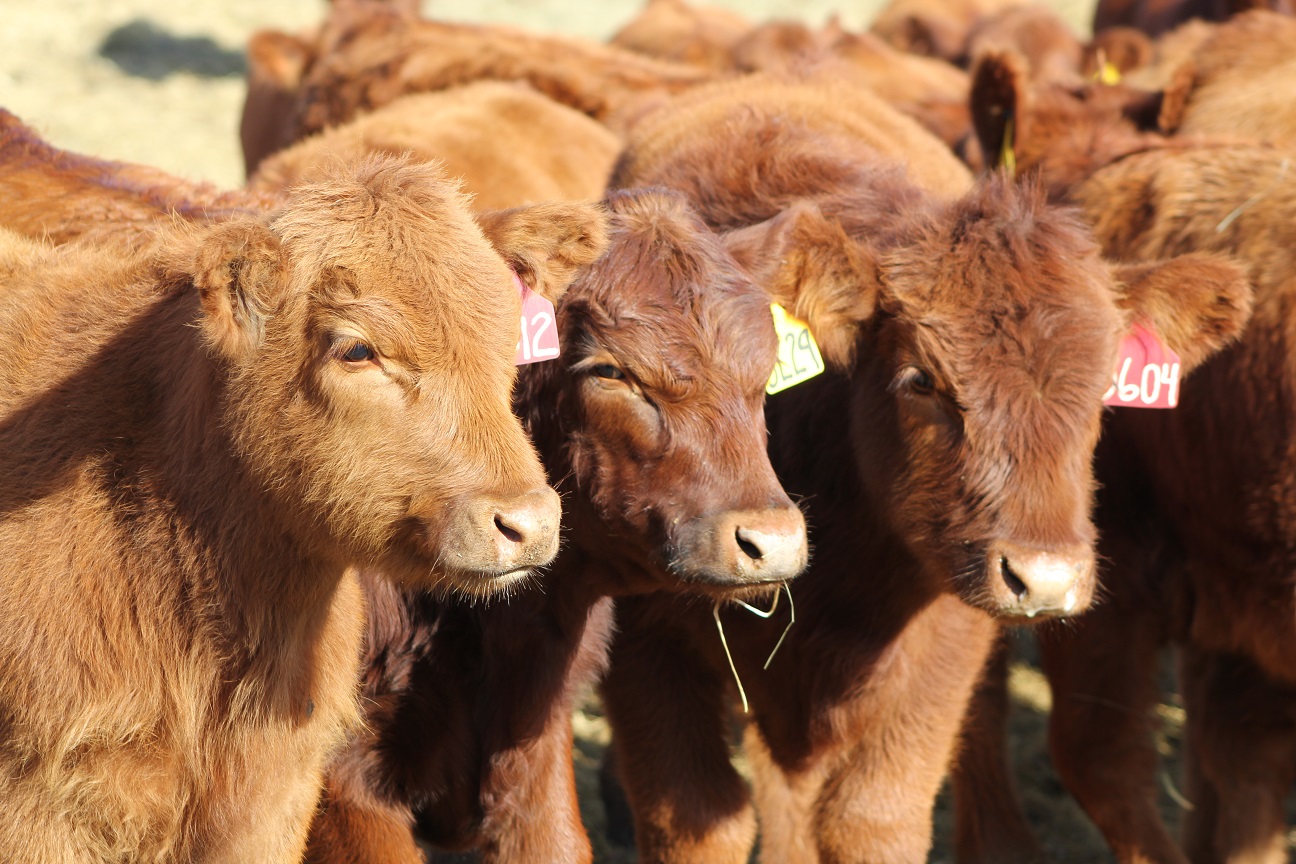
By Kelly Bruns, Nebraska Extension Beef Specialist, and Erin Laborie, Nebraska Extension Educator
Now is the time to start thinking about marketing opportunities for calves this fall. While prices are well below what was received last year at this time, considerations can be given to the seasonal aspects of feeder cattle prices and the opportunities that may exist to utilize risk management tools. Seasonal increases in feeder cattle prices have occurred in late July and early August during 10 of the past 14 years. Analyzing summer feeder cattle sales and the futures market in July will help determine the outlook of prices this fall. A run up in prices may create an opportunity to purchase Livestock Risk Protection (LRP) for feeder cattle during a time when prices are seasonally higher than entering into the fall run. Additional information on utilizing LRP can be found in the NebGuide, “Livestock Risk Protection Insurance for Fed Cattle” (http://extensionpublications.unl.edu/assets/pdf/g2257.pdf).
When evaluating whether to retain or sell calves, value of gain (http://go.unl.edu/tak3) becomes an important factor. Value of gain is calculated as the difference in final and initial value of the animal, divided by the pounds of weight gain. The example below demonstrates how to calculate the value of gain of a 600-pound steer that will be grown to reach 850 pounds by the end of the backgrounding phase.
• Initial value: 600 lb steer at $1.45/lb = $870
• Final value: 850 lb steer at $1.30/lb = $1,105
• Difference in value: $1,105 - $870 = $235
• Weight gain: 850 lb – 600 lb = 250 lb
• Value of gain: $235/250 lb = $.94/lb
Retained ownership of calves is a cost-effective option when value of gain is greater than cost of gain. Backgrounding provides an opportunity to grow calves to heavier weights using inexpensive by-products, forages, or crop residues. Calves can then be sold at a more favorable time after the surplus of newly weaned calves are sold in the fall. Average cost of gain summarized by Kansas State University Extension for Kansas Feedyards in April, averaged $81.65/cwt for 32,178 steers with an incoming weight of 789 pounds and out weight of 1,388 pounds (http://www.asi.k-state.edu/about/newsletters/focus-on-feedlots/). This compares to average cost of gain for steers in 2015 of $85.15/cwt, 2014 of $92.35/cwt, and 2013 of $120.07/cwt. The higher costs of gain were driven primarily by higher corn prices which averaged $4.18, $4.70 and $6.72 per bushel for 2015, 2014, and 2013, respectively.
Cattle feeders have remained current in their marketing in the second quarter. Rather than holding on to cattle, feeders have kept pace in marketing and packers have increased slaughter resulting in slaughter weights below last year. The five-area weekly weighted average steer price has traded below the five-year average for much of the last three months. The cattle on feed report for June reported the greatest number of cattle on feed since 2011.
Developing and maintaining a marketing strategy will better assist producers in achieving production objectives and managing risk. For more information on creating a marketing plan, see “Marketing Plans for Your Livestock Operation” (http://go.unl.edu/gqqs).
To listen to BeefWatch podcasts go to: https://itunes.apple.com/us/podcast/unl-beefwatch/id964198047 or paste http://feeds.feedburner.com/unlbeefwatch into your podcast app.